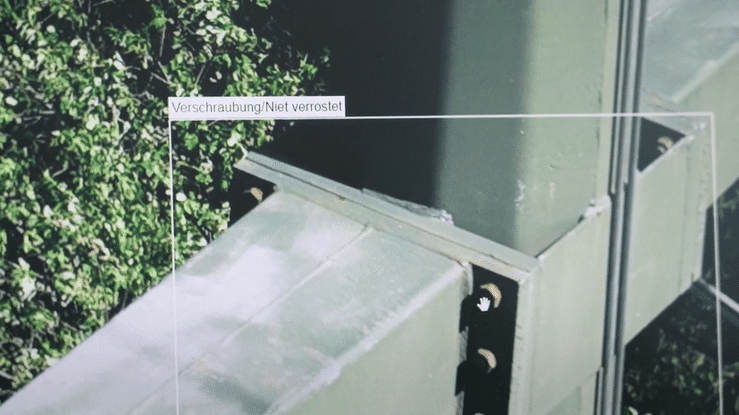Many workers’ roles have changed and evolved with the adaptation of emerging technologies. Inspectors, who are responsible for the conditional assessment of critical infrastructure like power grids, are no different. A virtual inspection is an inspection conducted while being physically away from the asset, meaning that virtual inspections leverage technology to fill the physical gaps. The inspector is still a human being, but safely distanced from the equipment. Let’s look at the role of the virtual inspector. We have summarized 6 main points on what differentiates the role of a virtual inspector.

1. Inspection at a desk
The role of a virtual inspector is to conduct the grid inspection at a desk using inspection software. With this type of inspection, they do not need to physically go and visit the asset. Software that has built-in inspection workflow can provide consistency and objectivity and provide the inspector with the business rules required to conduct the inspection based on the utilities standards and defect catalogue.
2. Images substituting for reality
The virtual inspector leverages visual data; images – captured out in the field for the virtual inspection. The images need to give the inspectors a full 360o view of the asset, as the visual inspection is a substitute for physically examining the assets.
If your image-capture methodology is not right you could end up giving the inspector too many images to view per asset, duplication or poor-quality images that makes it near impossible to identify defects and makes the inspection method inefficient.
3. Assistance by Artificial Intelligence
Most people have probably experienced the feeling of being overwhelmed and bored when performing a monotone task repeatedly. Imagine manually processing and linking 100 000 images to the correct asset, putting in the right coordinates and the relevant asset information. Pretty boring, right?
Artificial Intelligence can change that. An AI assistant will not get tired of doing repeatable tasks at scale, it is what it does best. By leveraging purpose-built AI software, virtual inspectors do not have to spend time on processing and linking images to assets manually, the AI will do it automatically. AI can also automate inventory and make a first pass at defect detection enabling the inspector to focus on high value tasks and save valuable time.
4. More time to conduct the inspection
With a virtual inspection the inspector can really take their time and view the asset structure from top to bottom and potentially identify more defects than when out in the field. When in the field you are going from asset to asset in different weather conditions and terrains. Here you are at the comfort of your desk and can zoom right into an asset.
5. Inspection reporting
No longer do inspectors have to manually note down defects or produce an inspection report. Inspection software can provide inspection reporting automatically and advanced software can also provide APIs into your core systems and automate your inspection results. This means that the inspector just has to focus on the task at hand: conducting the visual inspection.
Final thoughts
With skills shortage in the industry, tightening of budgets and needing to get more out of existing infrastructure, grid operators need to evaluate and adopt new strategies, technology and methodologies to their inspection programs.
Virtual inspections are an effective way to conduct routine inspections and can provide utilities with an additional tool in their inspection tool box. It also means that experienced inspectors can focus on high value tasks, where their skills and experience make a true difference.
We provide a flexible approach to virtual inspections, from working with customers to train their own inspectors to providing full end-to-end inspection services.
Thinking of making the transition? Contact us today!
Share article
Latest News & Resources
-

Watch our webinar – Disrupting the status quo: AI in utility operations
Watch this webinar to understand why everyone is talking about -

Fingrid advances grid maintenance with conditional analysis using Grid Vision®
May 2025 – Fingrid, Finland’s transmission system operator, has launched -

Could the Iberian Peninsula blackout have been avoided? What it tells us about grid reliability
When large parts of the Iberian Peninsula were plunged into -

Accurate image-based asset data: The key for successfully managing a growing grid and demand
With global electricity demand projected to grow by 4% in





